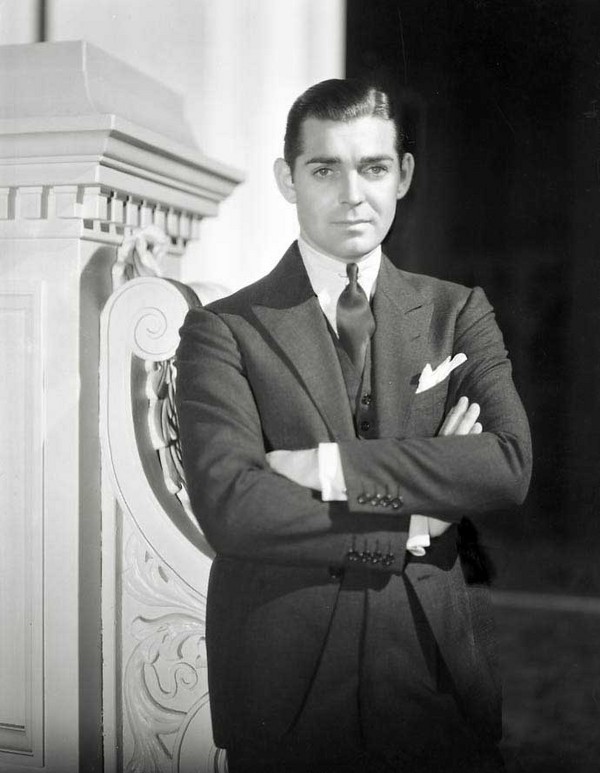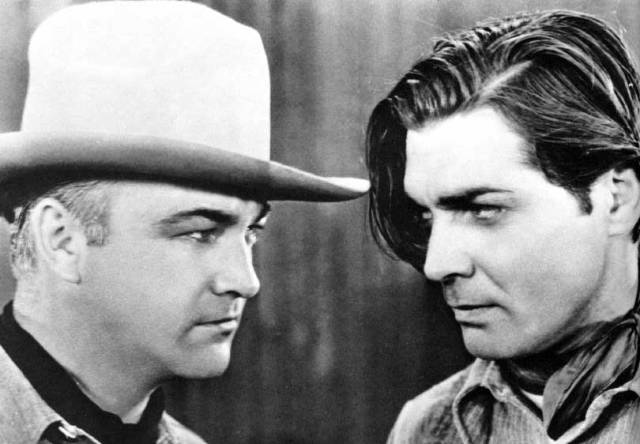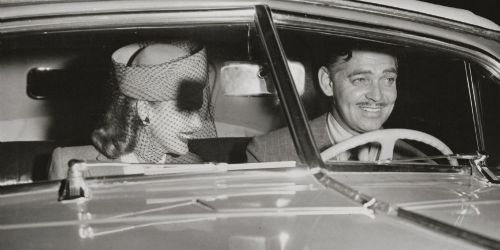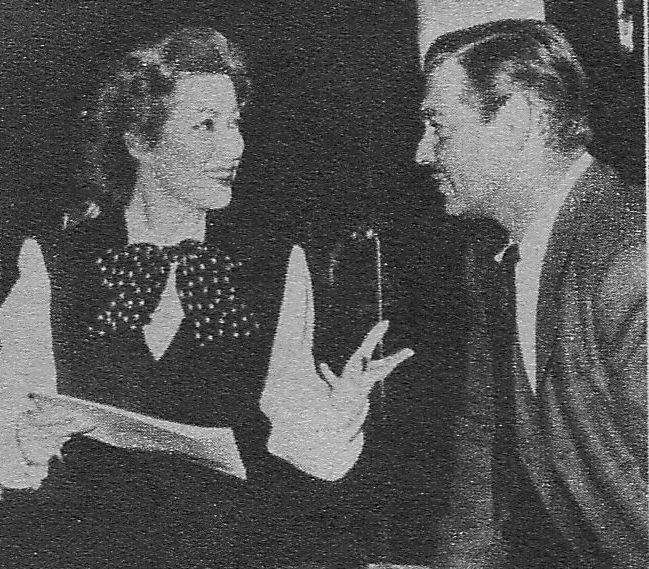
{New Article} 1931: By Popular Request

When this short article was published in the summer of 1931, Clark Gable had just busted onto the screen with several small but memorable roles in films such as The Secret Six, Dance Fools Dance and A Free Soul. I am guessing that the magazines had a lot of requests for more information on this new heartthrob and the magazines didn’t have much to say yet…
Clark Gable’s face is undoubtedly his greatest asset. No, this newest recruit from the New York stage isn’t a handsome young man, with curly hair and chiseled features.
If he were, you probably wouldn’t remember him, because leading men do have a way of looking disconcertingly alike.
Gable, on the contrary, has been the recipient of this sort of comment, from the days on his stage triumph in “The Last Mile,” through the first of his talkies: “What a thrillingly homely face!”
“Homely” is a little rough on Gable. He isn’t really that. But he isn’t “beautiful,” to be exact. No sculptor would ever pick his as the handsomest face in all the world. He hasn’t that kind of profile.
Gable’s face is as strong and irregular as the side of a granite cliff. It’s very lack of regularity makes it respond quickly to emotional stimuli. His work in “Dance, Fools, Dance,” “The Easiest Way,” “the Secret Six,” and Norma Shearer’s “A Free Soul,” his first picture assignments, have “pegged” him with theatre-goers as a young actor well worth watching.
Gable has exceptionally vivid gray eyes. They can sparkle with laughter in a characterization like that of the reporter in “The Secret Six”—(helped decidedly by the suggestion of a dimple which appears in these lighter moods)—or become filled with deadly menace, for the gambler in “A Free Soul.”
Clark Gable’s eyes are too deep-set for the traditional leading man type of good looks, and his nose is too short for the rest of his face. His mouth, too, is wide. But it is these very discrepancies from the normal, of course, that constitute the reason why this young man is being so much talked about.
Anyone want to argue with them here? What an odd article. Why go into detail explaining why he’s not handsome?
In his first talkies Gable conclusively proved that the sensation he created on the stage in “The Last Mile” was no flash in the pan. Readers of contemporary stage reviews, of course, will recall the paeans of praise which broke out in New York when “The Last Mile” opened on Broadway. “Extraordinary” was one of the mildest adjectives used to describe the work of the young man who painted such a vivid, bitter picture of a killer in a death cell, and the last moments before his execution for the crime of murder. There was something in the personality of this compact lad with heavy shoulders and deep-set eyes, that caught on.
But there were some skeptics.
“He’s a one play star,” some said, “he will never be worth anything in any parts except those like the killer.”
Such critics were undoubtedly confounded when they saw the comedy touches of Clark Gable in “The Secret Six,” and his verbal duel with John Mack Brown for the love of Jean Harlow.
It would be interesting to hear what those same critics were saying in 1940, wouldn’t it?
You can read the article in its (short) entirety in The Article Archive (and yes, it does end abruptly, but that is indeed how it ends!)
(#4 Article posted in 2019)



